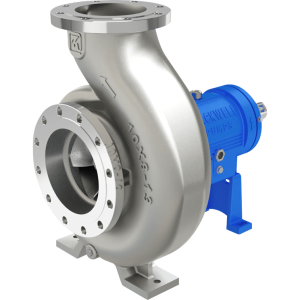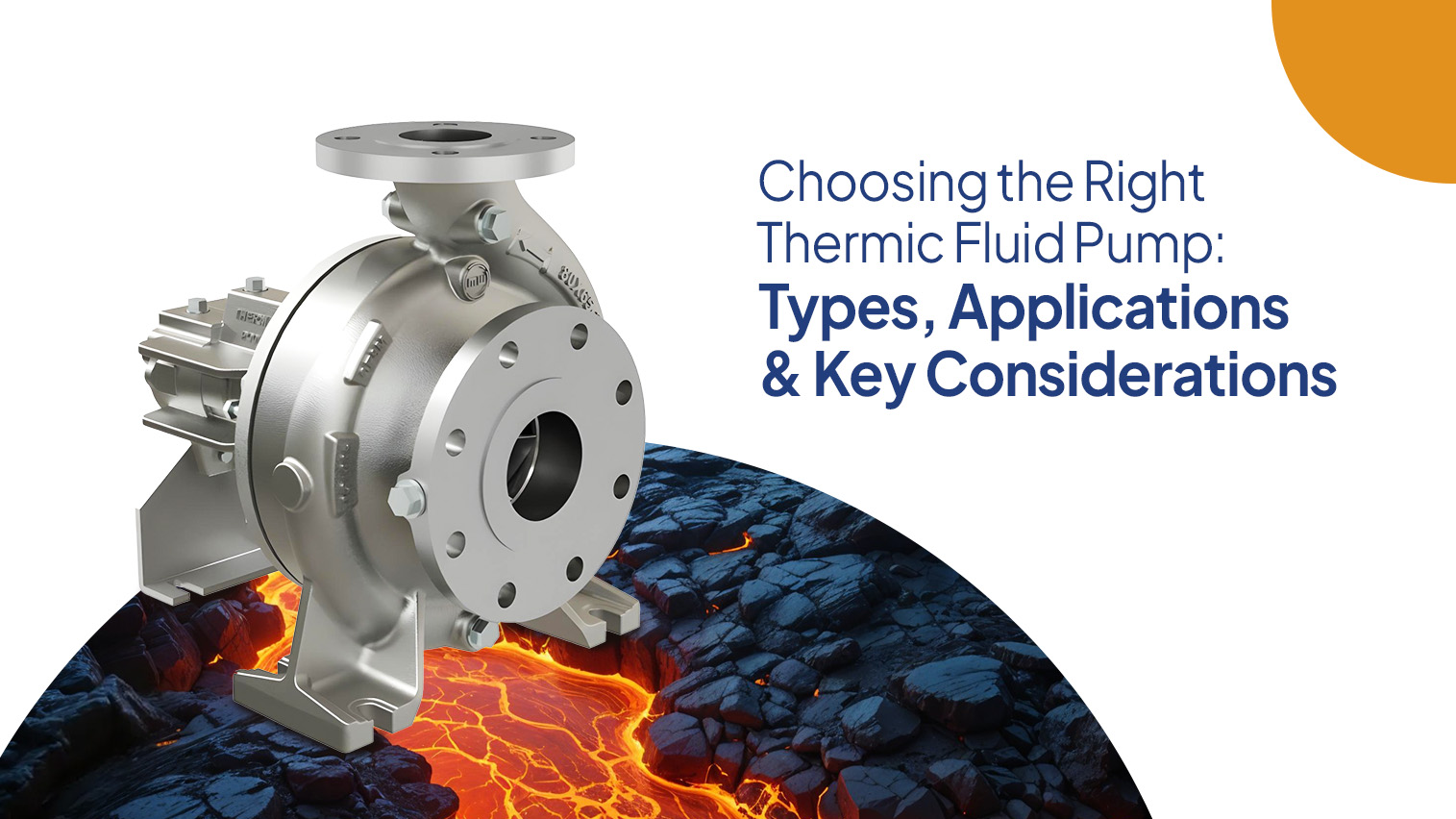The Ultimate Guide to Correct Chemical Transfer Pump Selection

In the manufacturing industry, the situation might arise where you may have to transfer corrosive or hazardous fluids. These fluids may be so corrosive that they can corrode the insides of a pump and render it useless, with many repairs required after the job is done. As a company owner, you may not be keen on replacing your pumps after every task to ensure things keep going smoothly until they corrode again, considering the cost factor.
Moreover, the bigger risk is that if the pump fails, it may leak out harmful and hazardous chemicals that can pose a risk to your employees. So, in such situations, your organization should get a chemical transfer pump.
Why is the Chemical Transfer Pump so special?
Chemical transfer pumps are special equipment that can handle viscous and hazardous corrosive substances without losing structural integrity. They are made of special corrosion-resistant material. Additionally, they can effortlessly manage harsh chemicals such as solvents, acids, and even caustics.
The different types of Chemical Transfer Pumps
- Centrifugal Pumps: Centrifugal pumps are tried and tested, and they work exceptionally well as chemical transfer pumps if made from the right materials. They are good for situations that require a high flow but low viscosity.
- Diaphragm pumps: Diaphragm pumps use a flexible diaphragm to create a suction force and then move liquids using air or motor-driven pulses. Think of it as heart-pumping chemicals. This pump for chemicals can be expensive because all of these moving parts need to be well-made to ensure they never corrode.
- Peristaltic pumps: Peristaltic pumps are engineering marvels that work by squeezing a flexible tube inside them to force the chemicals out on the other end, just like squeezing a toothpaste tube. This method ensures no contact and no mess.
- Magnetic drive pumps: These pumps use modern technology to implement a magnetic coupling to spin an impeller, similar to what is present in centrifugal pumps. They move fluids without seals, which is why they are so good for hazardous chemicals; they work amazingly at preventing leaks.
- Gear pumps: These are fascinating because they work by meshing rotating pairs of gears that trap the liquid between their teeth and push it through tight spaces. You can think of them as spinning sets of cogs, squeezing thick liquids through them with precision. These pumps are excellent for liquids with high viscosity, such as oils and resins, but they do not work for abrasive liquids.
Need Help Choosing the Right Chemical Transfer Pump?
How do you select the correct Chemical Transfer Pump?
Here are some criteria that you may want to consider. They will help you choose the pump that will work best for your situation.
Chemical Compatibility
Firstly, ensure that the pump’s material and specifications guarantee that the liquid it passes through won’t corrode its internal components. Materials such as PTFE, PVDF, and stainless steel have different applications and resistance, so you must research before buying a pump.
Viscosity
Liquids have a variable viscosity range, so the research must ensure the liquid’s passage is rated. If you choose gear and diaphragm, you can easily transfer thick and sticky liquids, but if you are transporting something thin, you can do so with a chemically rated centrifugal pump.
Flow Rate and Pressure
You should calculate the GPM (gallons per minute), rating of your pump and check the head pressure so that you do not buy a pump that is more or less powerful than the pumps you require.
Temperature
The temperature of the liquid you transfer significantly influences the materials required to construct the pump. If you have extreme fluids, such as those over two hundred degrees, that need to be transferred, you will need special seals and some expensive materials like Hastelloy or Viton.
Suction Conditions
If you are handling above-ground tanks, you must get the self-priming version of whatever type of pump you use. But if you have concerns about efficiency in submerged situations, you should choose the flooded suction option.
Conclusion
Now that you’ve gained significant insights about chemical transfer pumps, you would know what things to take into consideration while buying one.
These pumps effectively transfer acids, bases, and solvents inside production lines.
If you need to transfer precise dosages of sensitive and sterile compounds, gear and peristaltic pumps can deliver them. Regarding water treatment, Mackwell centrifugal and diaphragm pumps are extremely well-suited for pumping coagulants, disinfectants, and pH adjusters.
However, the biggest point of application for these marvels of engineering is in oil rigs, where they move a huge amount of corrosive drilling fluids and even petrochemicals through themselves without fading one bit.
A well-built chemical transfer pump made by a reliable manufacturer can last many years and provide excellent service, ultimately paying for itself if you gradually scale your business.
FAQ
1. How do I choose the right material for a chemical transfer pump?
Match pump contact materials to chemical compatibility (PTFE/PVDF for strong acids, 316 stainless for mild chemicals, Hastelloy for highly corrosive/high-temp fluids). Always verify against chemical compatibility charts and operating temperature.
2. When should I use a peristaltic pump vs a centrifugal pump?
Use peristaltic pumps for shear-sensitive or sterile transfers and when leak-free operation is needed; centrifugal pumps suit high flow, low viscosity applications.
3. What basic calculation do I need to size a pump?
Determine required flow (LPM/GPM) and total dynamic head (TDH). Use the pump curve to pick a model that meets both flow and head at the desired efficiency point.






